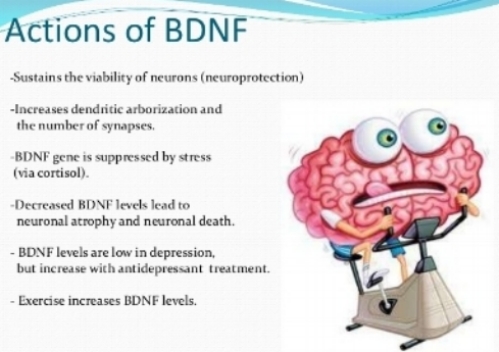A family history of age-related cognitive impairment might be the most important reason of all to exercise. Brain Derived Neurotropic Factor (BDNF) is a protein produced by the body that is essential for brain health. BDNF levels decline with age.1 Those with Alzheimer's, Parkinson's, and Huntington's diseases exhibit reduced BDNF levels.2
Fasting will elevate BDFN levels;3 The mind becomes focused when the need for food for survival looms large, and BDFN levels rise.
BDFN also rises in response to exercise. According to one study 4 comparing continuous exercise versus hit intensity training (HIT):
“The HIT protocol might represent an effective and preferred intervention for elevating BDNF levels and potentially promoting brain health.”
HIT is what we do at our Austin Personal Training and New Orleans Personal Training facilities. Declining BDNF levels can be reversed. It is best to take steps to do it now.




